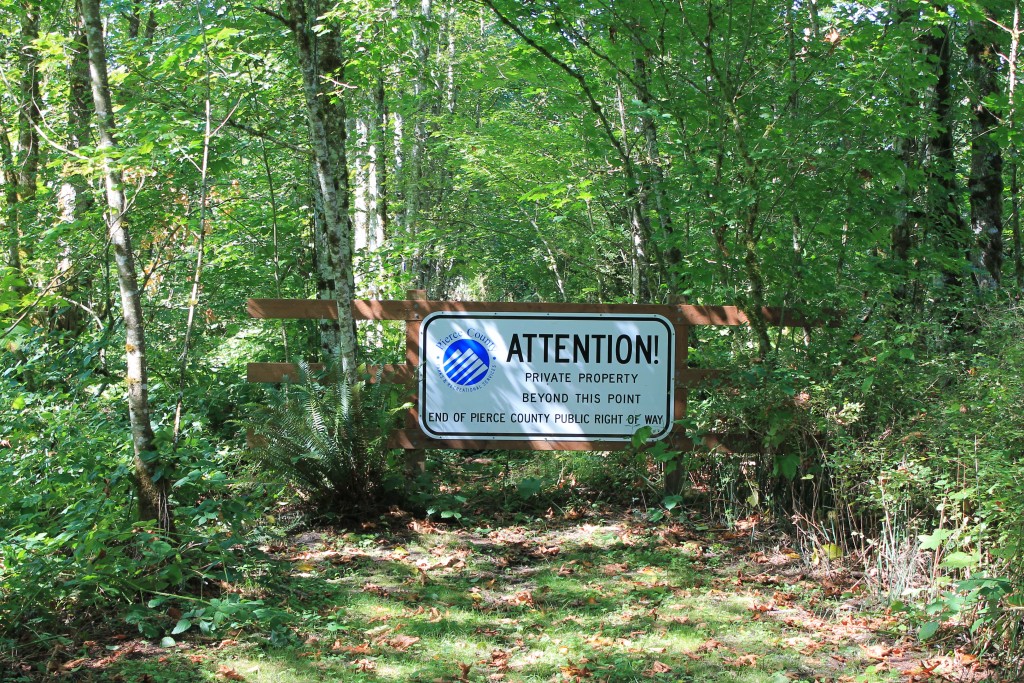
Defined as the losses that are likely to result from exposure to earthquake hazards, seismic risks are determined not only by hazard levels but also by the amount of people and property that are exposed to the hazards and by how vulnerable people and property are to the hazards. When viewing the maps, it is important to remember that areas with high earthquake hazards do not necessarily face high seismic risks. These maps have simplified this by assuming normal Site Class “D” soils, which are the most commonly found. SDCs take into account the type of soil at the site, as poor soils can significantly increase earthquake shaking.

*Abbreviated descriptions from The Modified Mercalli Intensity (MMI) Scale. Shaking intense enough to completely destroy buildings. Damage great in substantial buildings, with partial collapse. Strongest shaking-Damage considerable in specially designed structures frame structures thrown out of plumb. Near major active faults capable of producing the most intense shaking. Very strong shaking-Damage slight in specially designed structures considerable damage in ordinary substantial buildings with partial collapse. Strong shaking-Damage negligible in buildings of good design and construction slight to moderate in well-built ordinary structures considerable damage in poorly built structures.Ĭould experience very strong shaking (the darker the color, the stronger the shaking). Some heavy furniture moved a few instances of fallen plaster. Moderate shaking-Felt by all, many frightened. Very small probability of experiencing damaging earthquake effects.Ĭould experience shaking of moderate intensity. Although stronger shaking is possible in each SDC, it is less probable than the shaking described.

The following table describes the hazard level associated with each SDC and the associated levels of shaking. (Building design and construction professionals use SDCs specified in building codes to determine the level of seismic resistance required for new buildings.) Nationally, landslides exceed 2 billion in loss each year and. The Washington Department of Transportation routinely budgets 15 million a year for cleanup of landslides on highways. The colors in the maps denote “seismic design categories” (SDCs), which reflect the likelihood of experiencing earthquake shaking of various intensities. Indirect costs, such as loss of property value and tax revenue, and environmental effects, such as the degradation of water quality, can exceed direct costs.


 0 kommentar(er)
0 kommentar(er)
